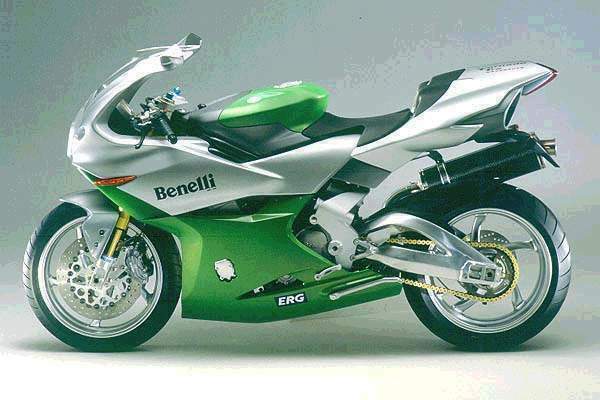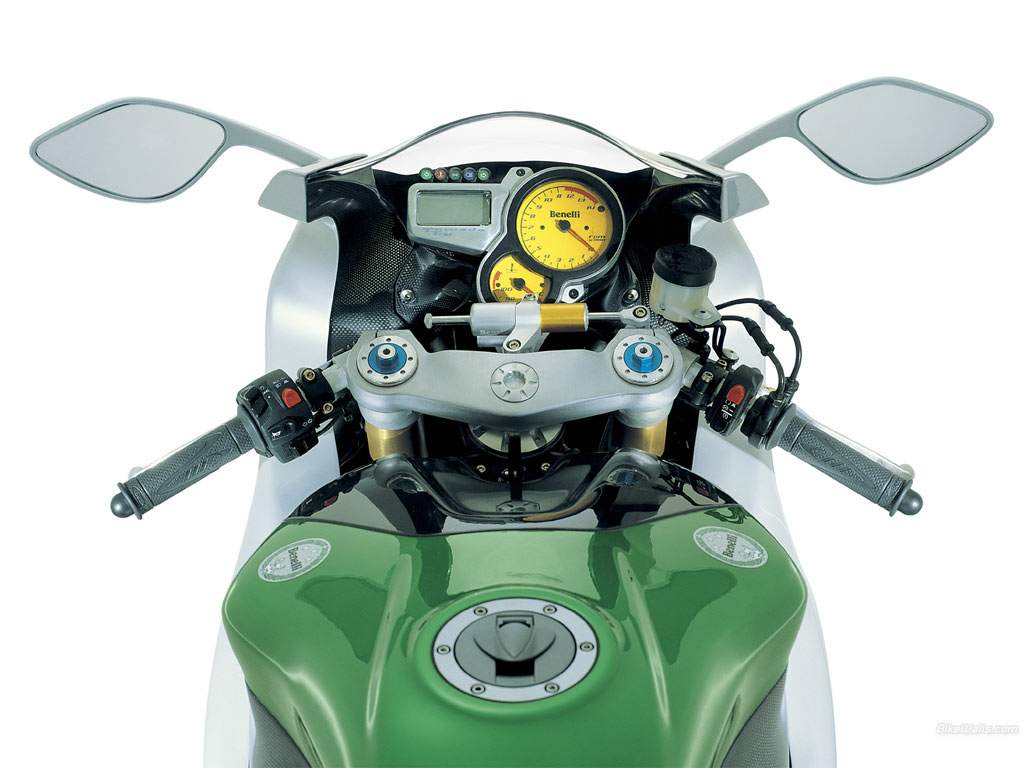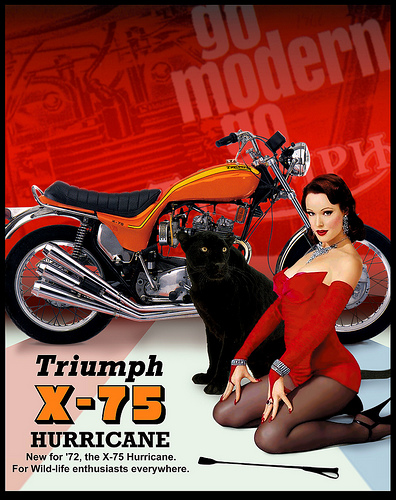
H-D’s first export representative to Africa, Alfred Rich Child arrives in Tokyo, Japan.
The Koto Trading Company was a division of Sankyo, a pharmaceutical manufacturer based in Tokyo. Unbeknownst to their management, Koto had been the recipient of “bootleg” shipments of Harley-Davidsons that were supposed to be sold in Mongolia, but instead were diverted to Koto in Japan behind Harley's back. However, Koto had made a butt-load of money selling all the inventory originally intended for Mongolia. Alfred Child had an idea and immediately returned to Milwaukee with this news.
Child returned to Japan on August 11, 1924, with an agreement between Harley-Davidson and the Koto Trading Company to establish the Harley-Davidson Motorcycle Sales Company of Japan, with Alfred acting as managing director. The company set up shop with a supply of 350 motorcycles and $25,000 in spare parts. Within the next two years, Harley-Davidson sales in Japan eclipsed those of Indian.
Through Alfred's efforts, Rikuo (meaning "Land King"), a licensed copy of the Harley-Davidson, started production in 1929. In 1931 Dabittoson Harley Motorcycle Co., Ltd. was established in Japan. Dabittoson started domestic production of the Harley-Davidson Road King, a four-cycle, 1200 cc, side-valve flathead V-twin engine motorcycle.
Things began to sour in 1936 when Harley was getting ready to produce their new EL (61") OHV Knucklehead design. They insisted that the Japanese factory buy the license to produce the EL as well. However Sankyo, Rikuo's parent company, was reluctant to produce the new vehicles and refused to make this commitment.
Japan’s government would eventually strongly suggest that Harley-Davidson employees, including Child, leave the country.
Child returned to the United States and in 1945 obtained the national distributorship rights for BSA and Sunbeam motorcycles by the Rich Child Cycle Co., Inc., which was sold to BSA Motorcycles Ltd. England in 1954.
Today in motorcycle history proudly supports the National Association for Bikers with a Disability (NABD). www.nabd.org.uk


































